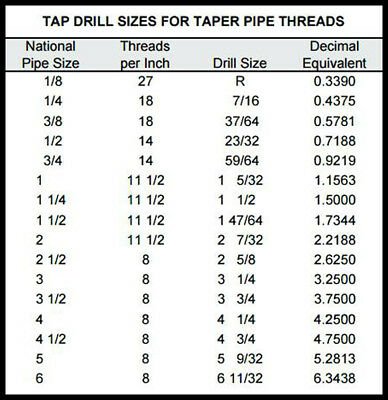Santana
Member
Hi Trawler Forum,
I have a Sen-Dure heat exchanger for a FL120 that was purchased as a backup. The heat exchanger on the motor is damaged and I want to replace it with the backup. The backup is pressure tested and looks good. I will replace the anode with a new Zinc and plug. I should have left well enough alone but I backed out one of the two drain plugs on the unit. I am pretty sure it is the raw water side but have not confirmed that. The drain plug did NOT come out clean.
So my question is: Can I use JB weld or Marine Tex to seal it back in? Or should I tap out the drain plug areas and install a new plug(s) - I don't know if the thread is NPT or a straight thread and I do not know how to tap an NPT I think the material is bronze but I am not 100% sure about that... It could equally be made out of brass, I don't know. Also, I could have the radiator shop that pressure tested it weld them shut and mark with a permanent marker "Do Not Remove" --
What would you all do? Outside of getting a new one. This one looks good, it tested properly, and I already own it.
Thank you for your help!
I have a Sen-Dure heat exchanger for a FL120 that was purchased as a backup. The heat exchanger on the motor is damaged and I want to replace it with the backup. The backup is pressure tested and looks good. I will replace the anode with a new Zinc and plug. I should have left well enough alone but I backed out one of the two drain plugs on the unit. I am pretty sure it is the raw water side but have not confirmed that. The drain plug did NOT come out clean.
So my question is: Can I use JB weld or Marine Tex to seal it back in? Or should I tap out the drain plug areas and install a new plug(s) - I don't know if the thread is NPT or a straight thread and I do not know how to tap an NPT I think the material is bronze but I am not 100% sure about that... It could equally be made out of brass, I don't know. Also, I could have the radiator shop that pressure tested it weld them shut and mark with a permanent marker "Do Not Remove" --
What would you all do? Outside of getting a new one. This one looks good, it tested properly, and I already own it.
Thank you for your help!


